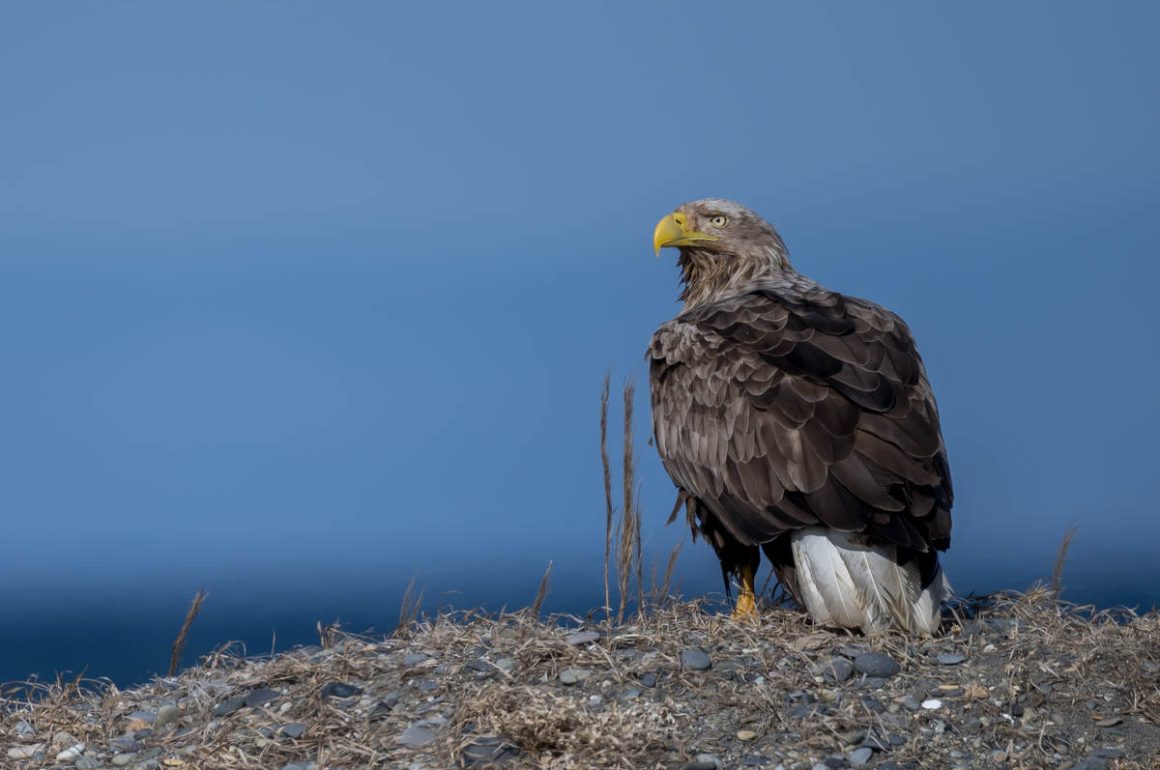
A detective story: A few White-tailed Eagles live in the Netherlands. The Netherlands White-tailed Eagle Working Group watches out for them, partly via transmitters. At one point, a White-tailed Eagle does not change its position anymore, obviously an alarming sign, and subsequently is found dead in a field. It had fallen forward onto a dead coot.
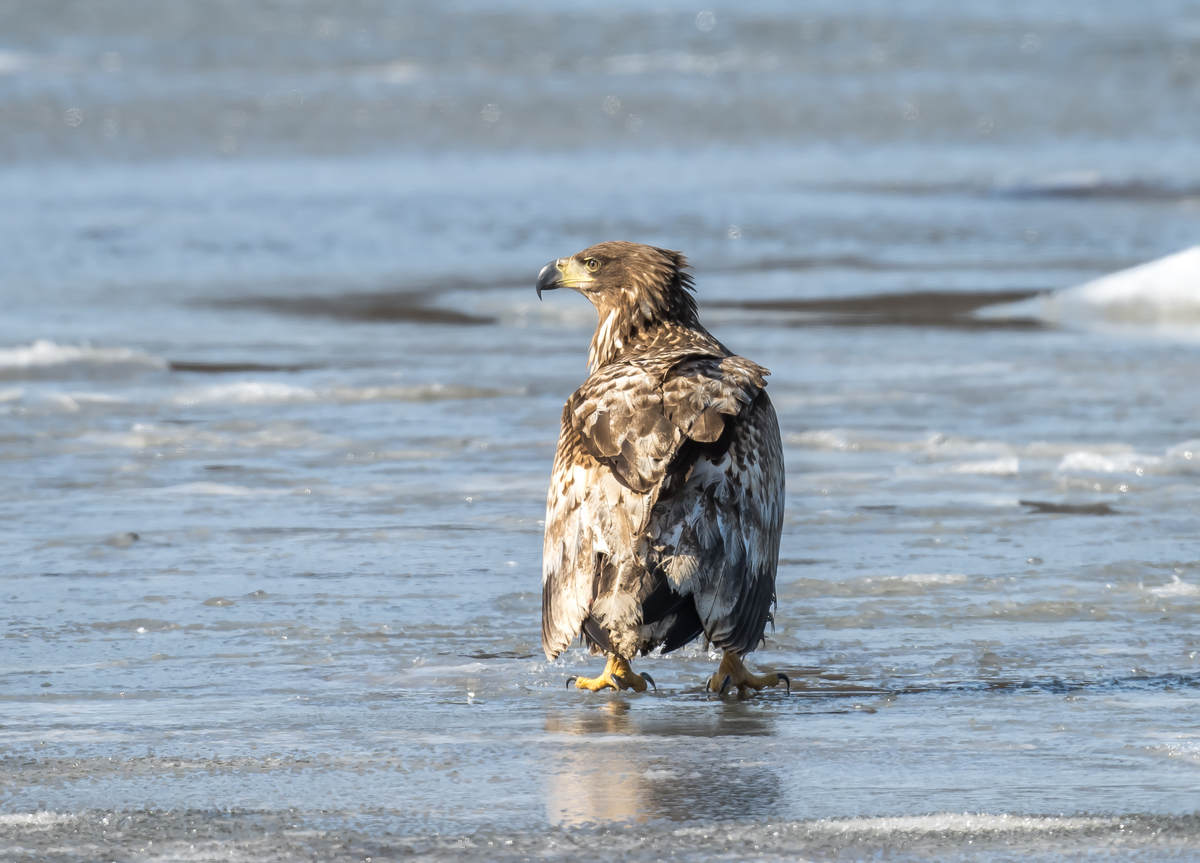
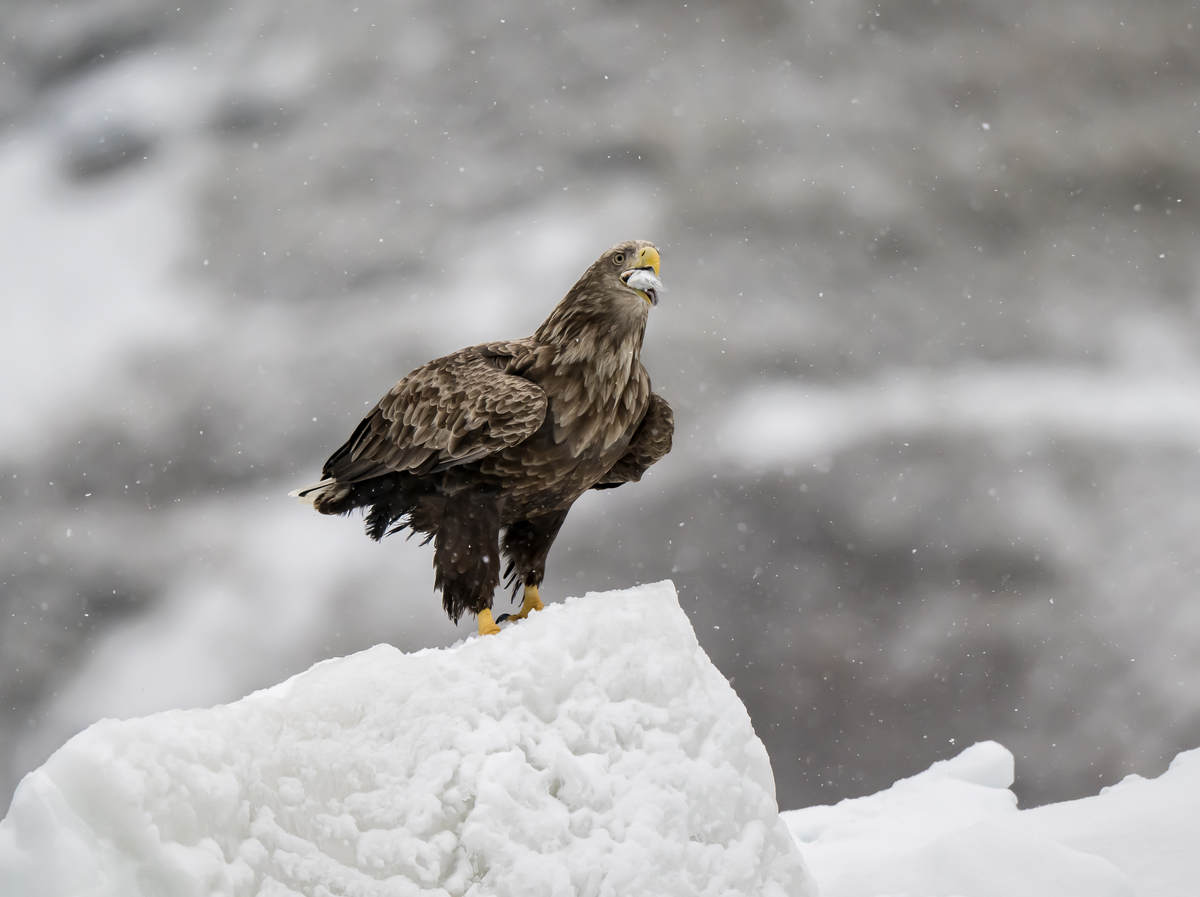
Both the White-tailed Eagle and the dead coot are brought to Wageningen University, and the investigation into the cause of death begins in an autopsy room.
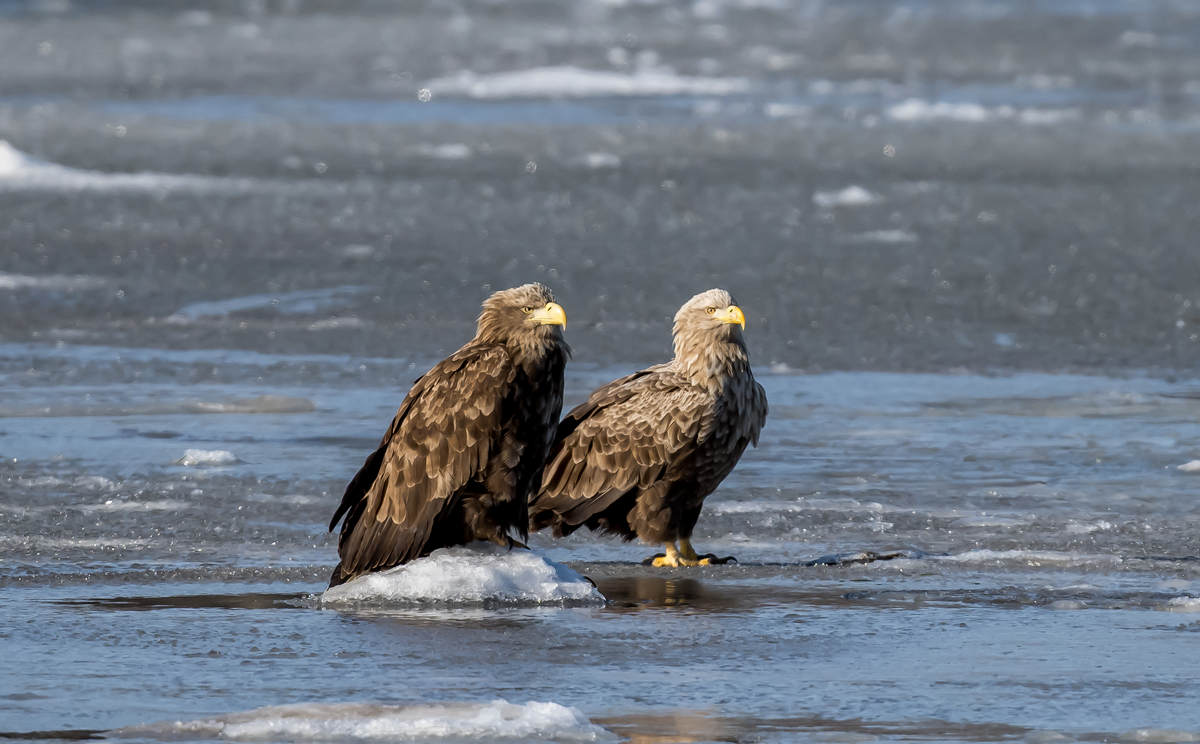
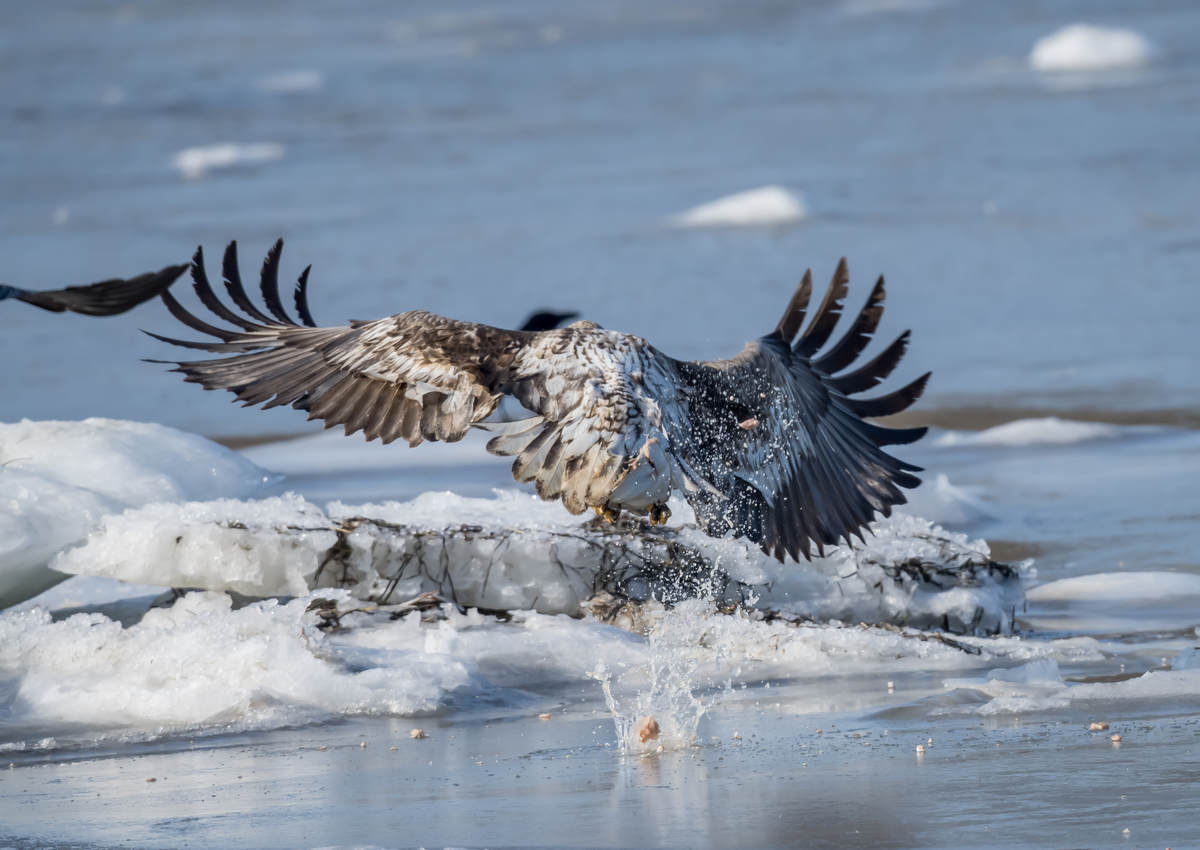
The White-tailed Eagle has a bite of the coot in its beak. An analysis of both the coot and the contents of the eagle’s crop and stomach reveals that the eagle died from an overdose of poison, with the main investigator concluding “The amounts used were so high that the animal dropped dead on the spot, on top of its prey.”
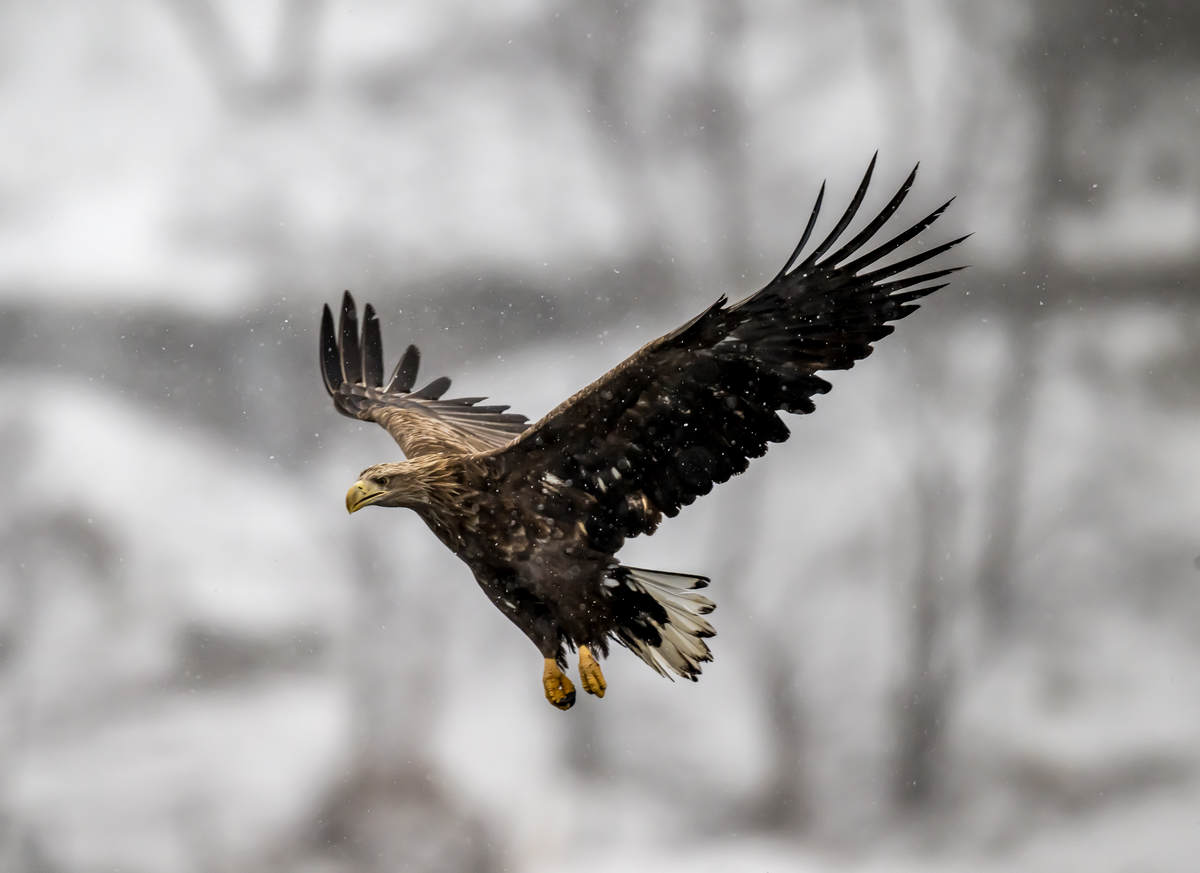
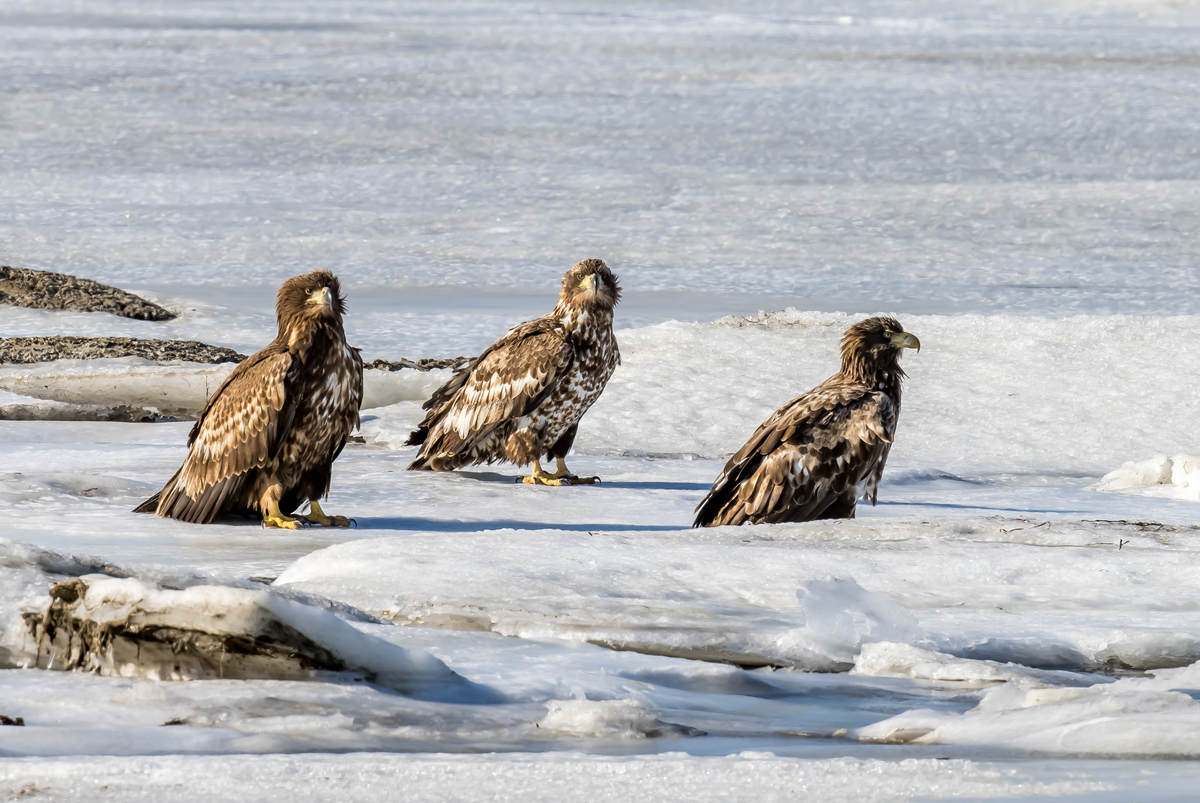
He thinks that the target of the action was not the White-tailed Eagle, but another scavenger such as a fox. Now the Dutch police are investigating the poisoning.
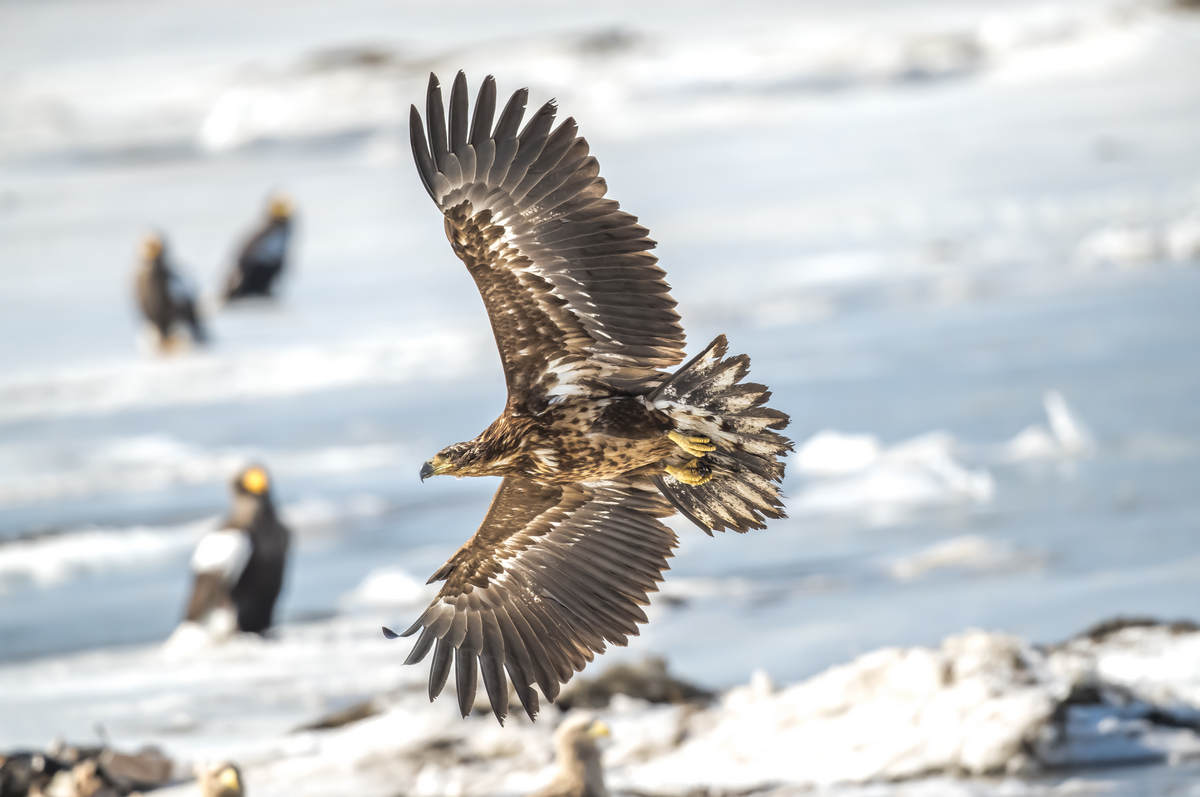
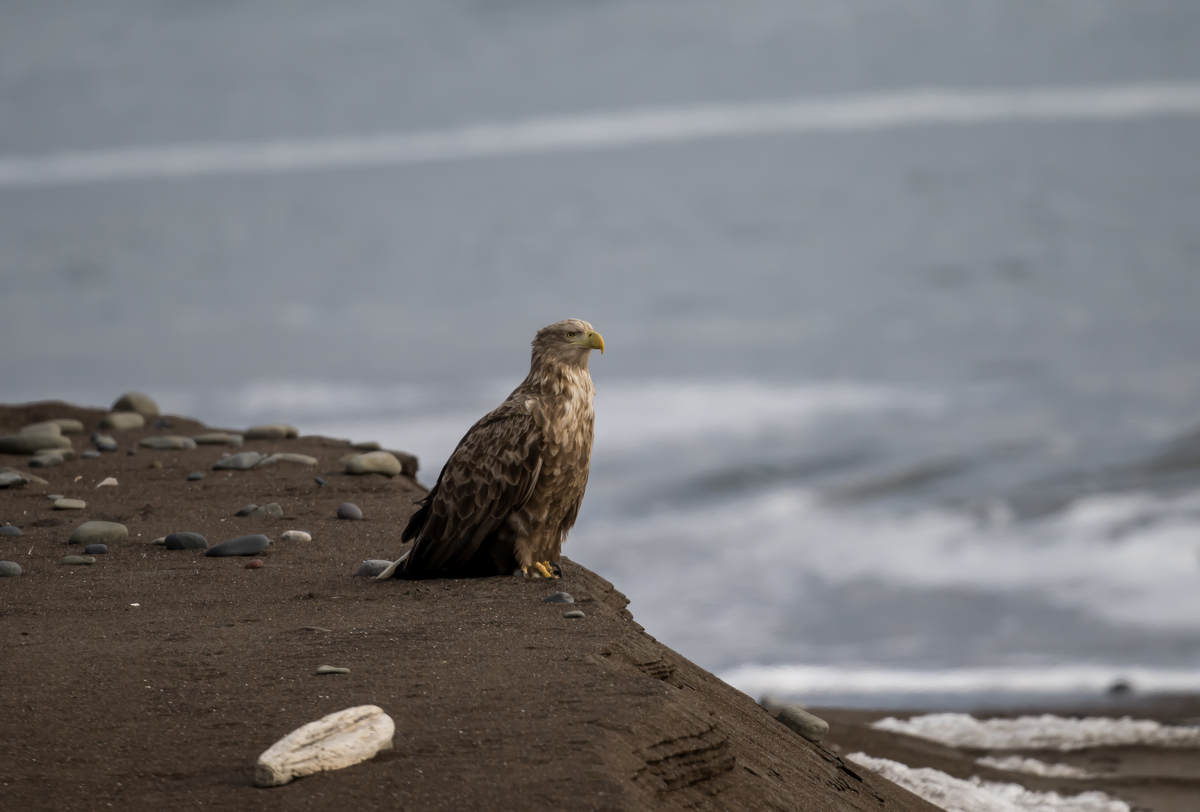
Despite such incidents, the global population of White-tailed Eagles is stable or increasing, and the species is no longer listed as Vulnerable but as Least Concern. The HBW cites a BirdLife International Estimate from 2015 – however, some of the figures in there seem extremely unreliable. I am sure I saw – just on Hokkaido and just at two or three sites – many more White-tailed Eagles than the maximum of 20 pairs estimated for the whole of Japan.
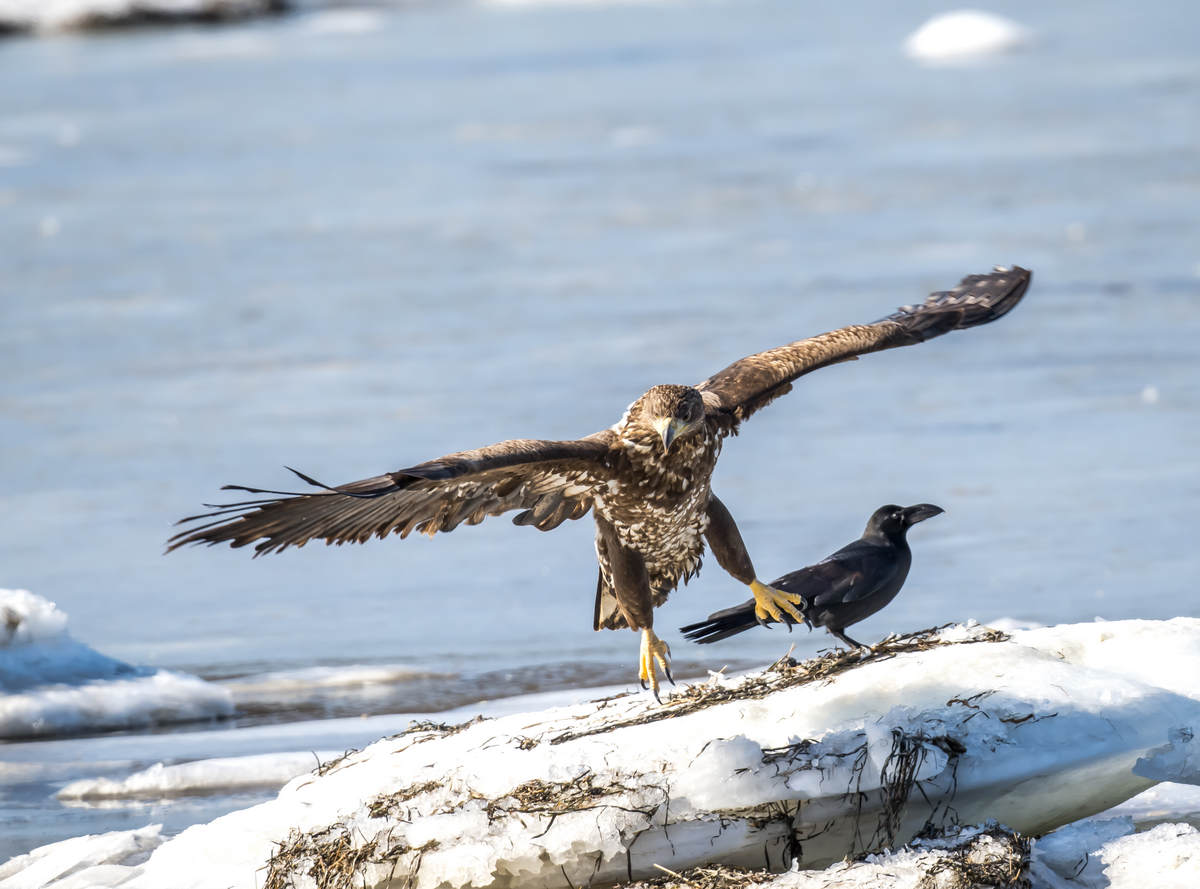
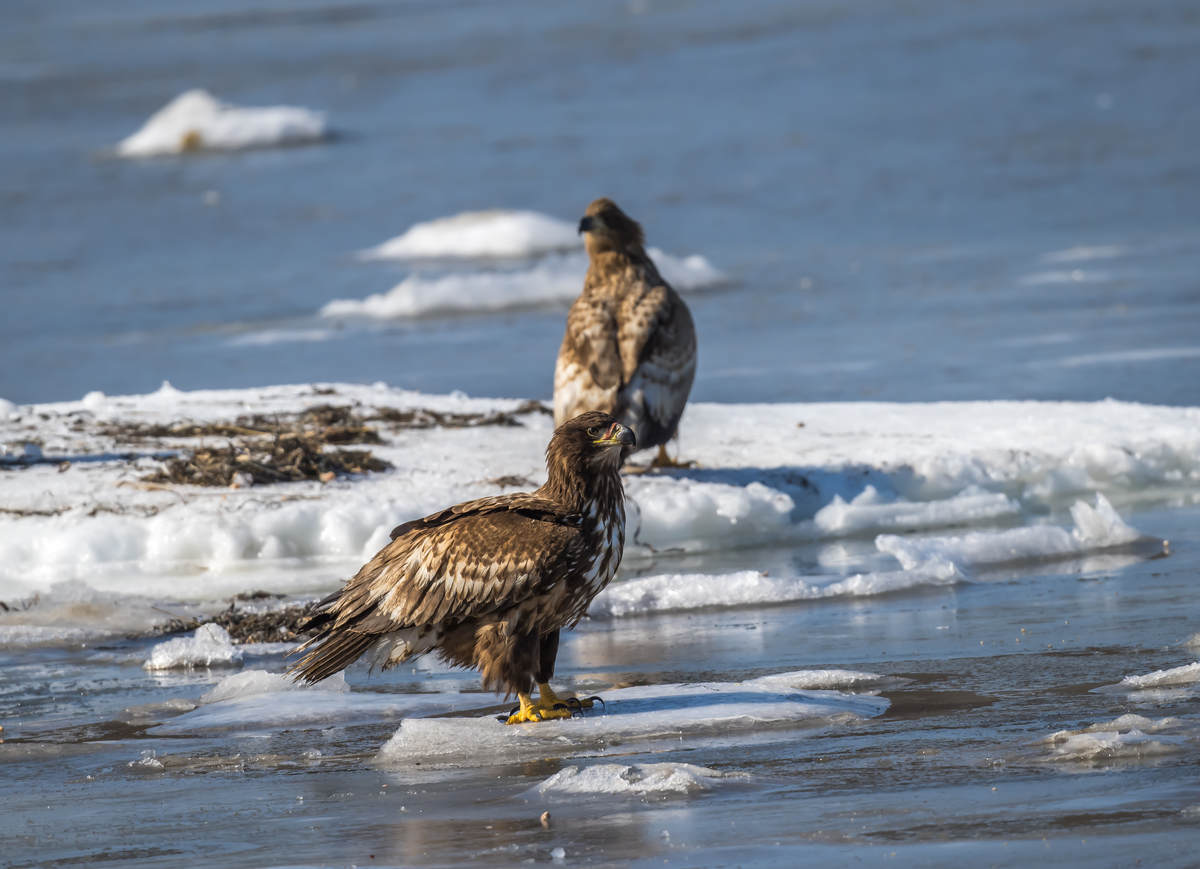
The main reasons for the recovery of the population are the active protection of nests, the supply of uncontaminated food in winter, and the drop in the levels of some toxins (HBW).
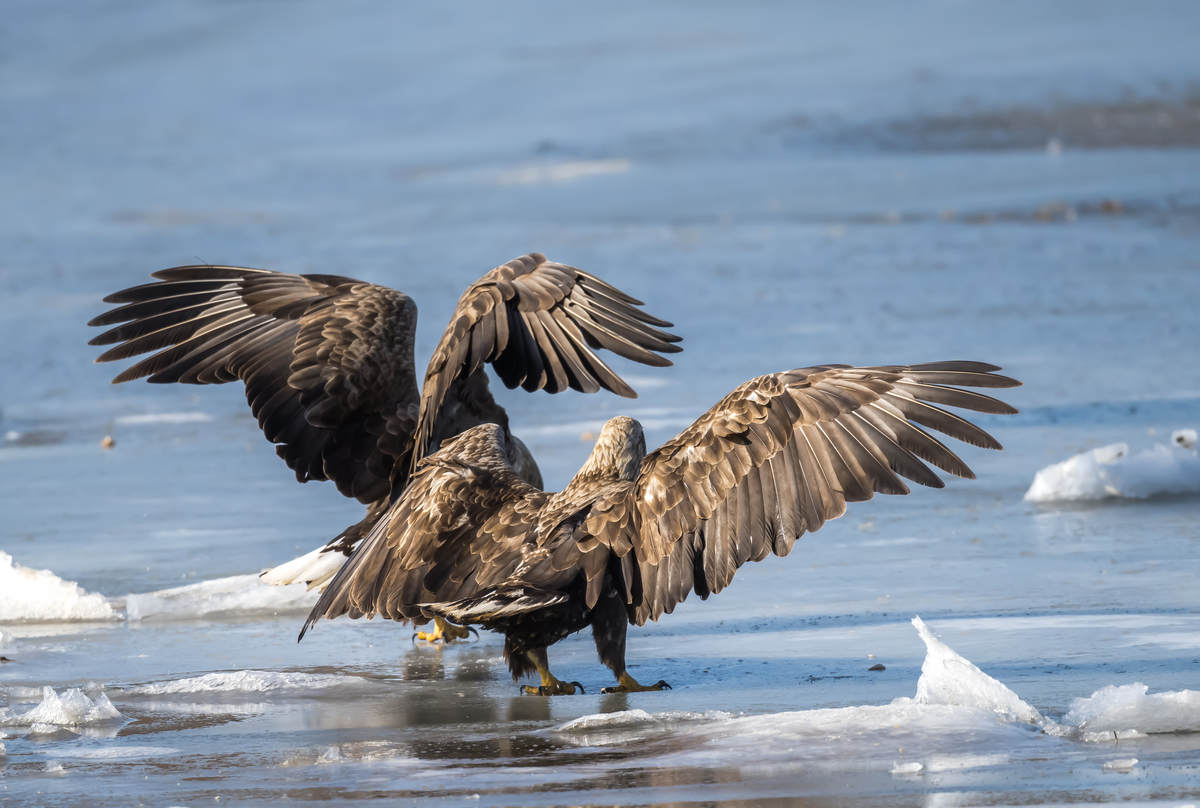
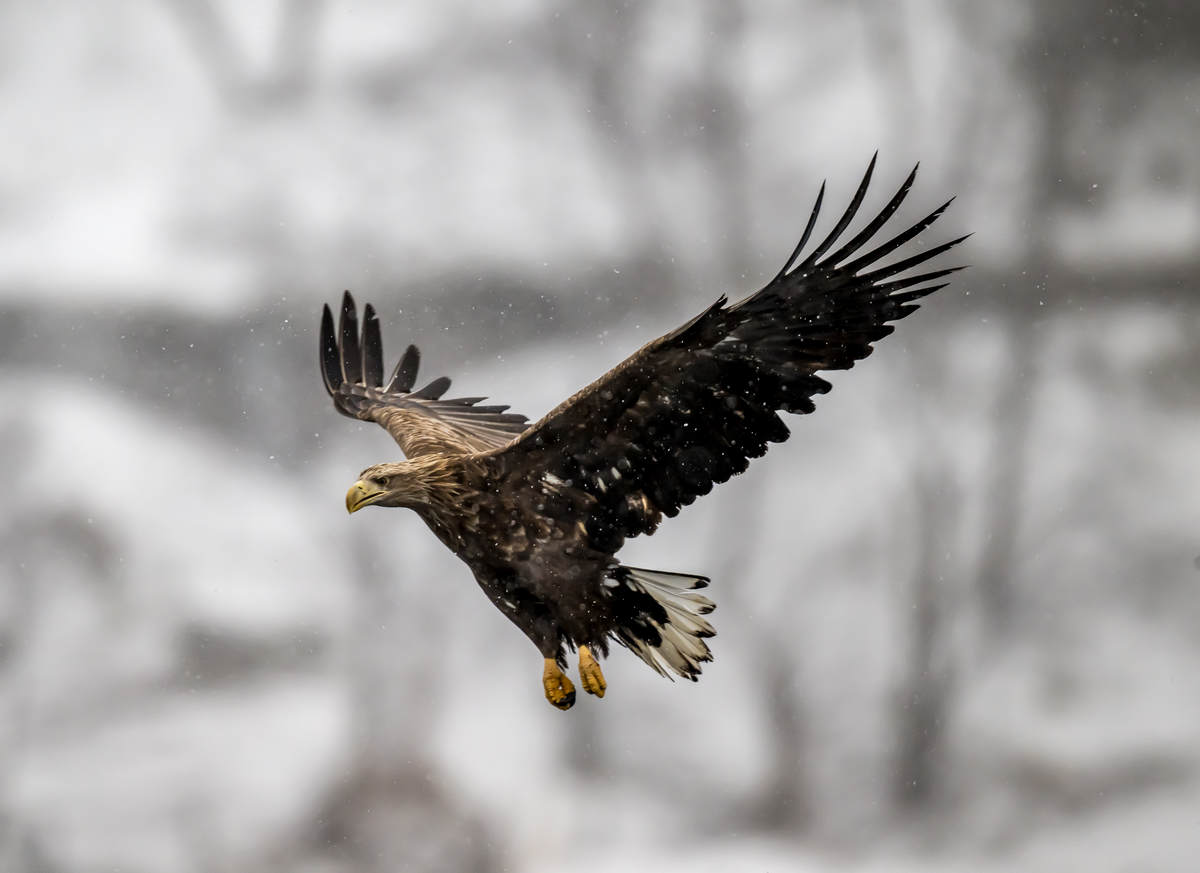
Generally, the attitude toward the species is changing in a positive way:
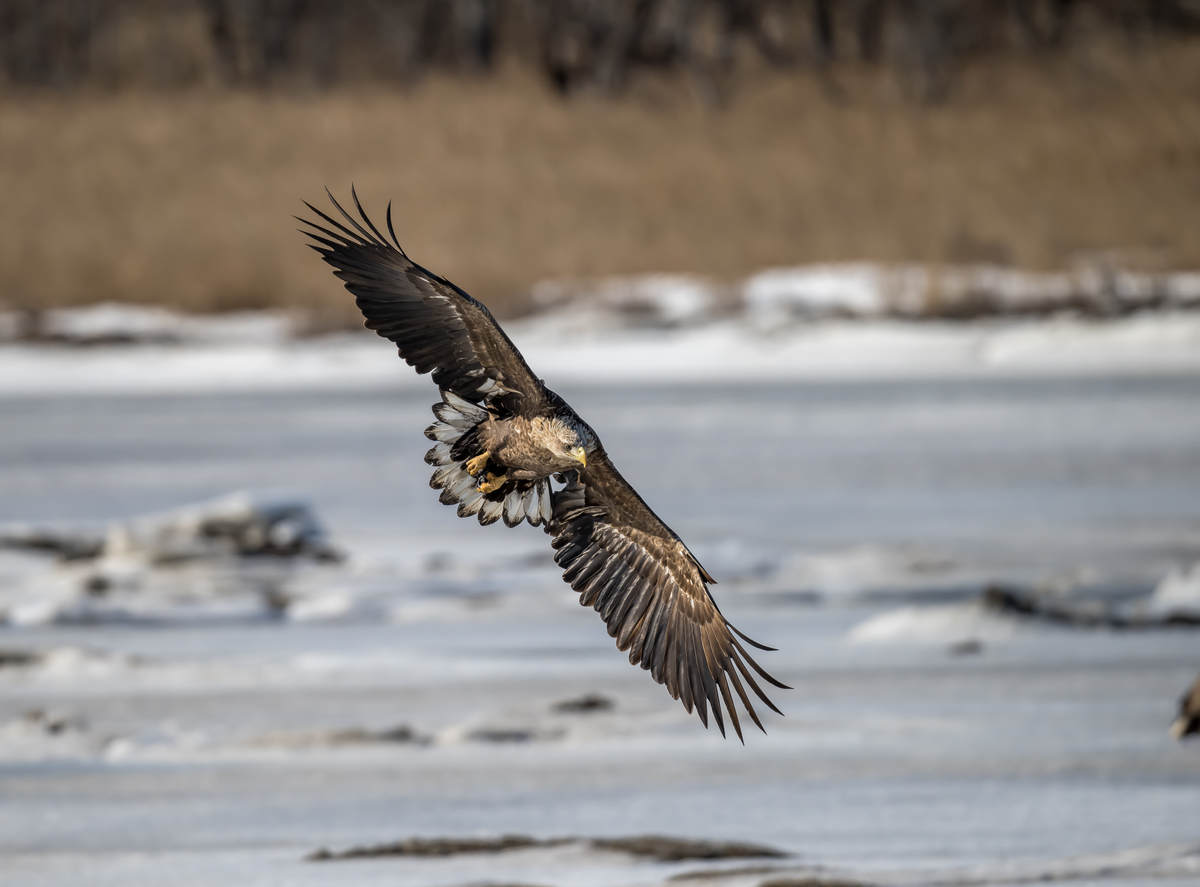
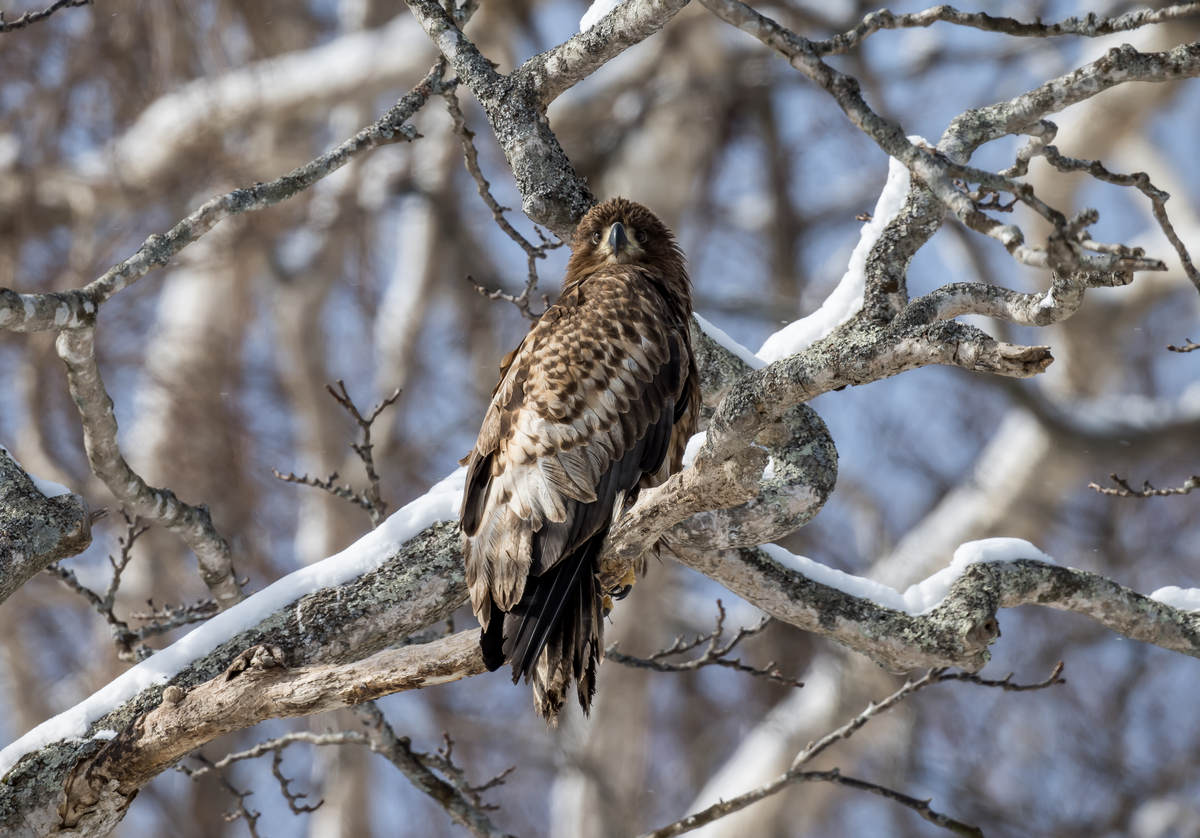
In Britain, White-tailed Eagles also contribute to tourism (so we do not need to protect the birds just because, but also because they bring in money). A 2022 study by the RSPB found that tourism inspired by White-tailed Eagles accounts for about 5-8 million GBP per year and supports 100-160 jobs on the island. I would not be surprised if the amount of money the eagle brings to Hokkaido is larger, though the Red-Crowned Cranes and Steller’s Sea Eagles will probably claim a larger share of tourism income.
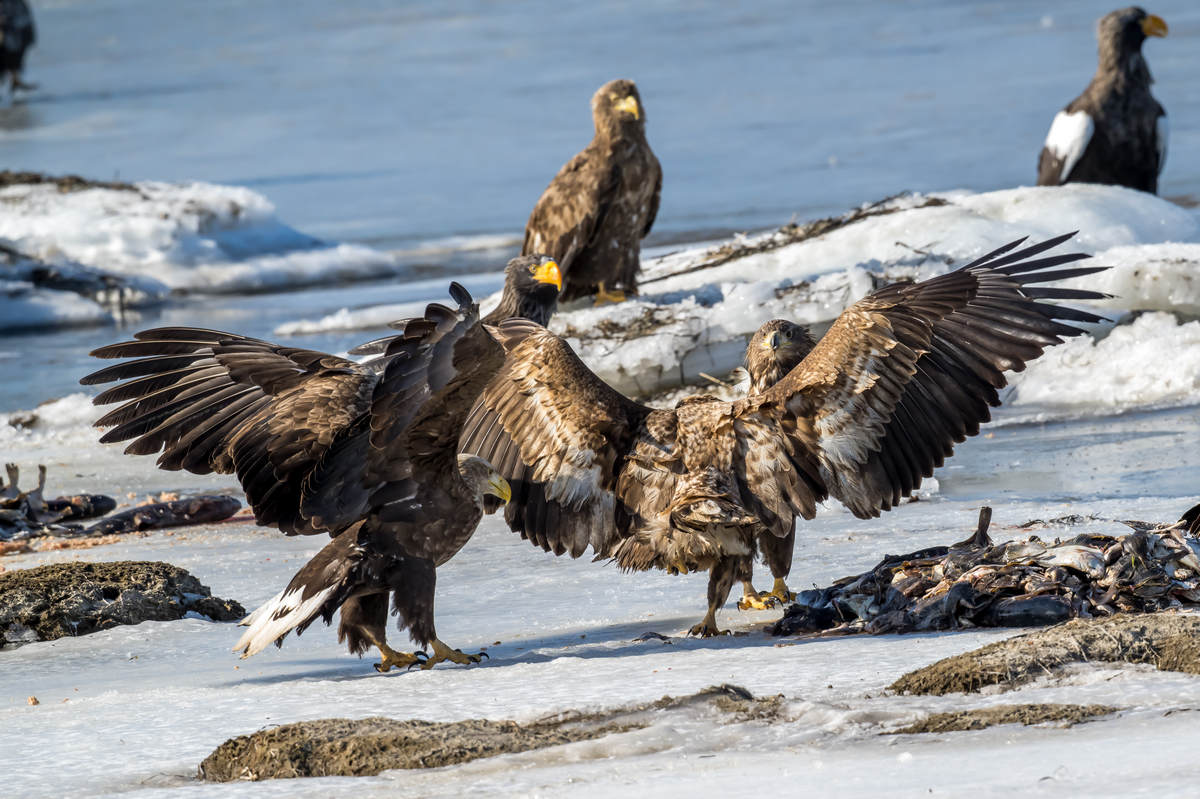
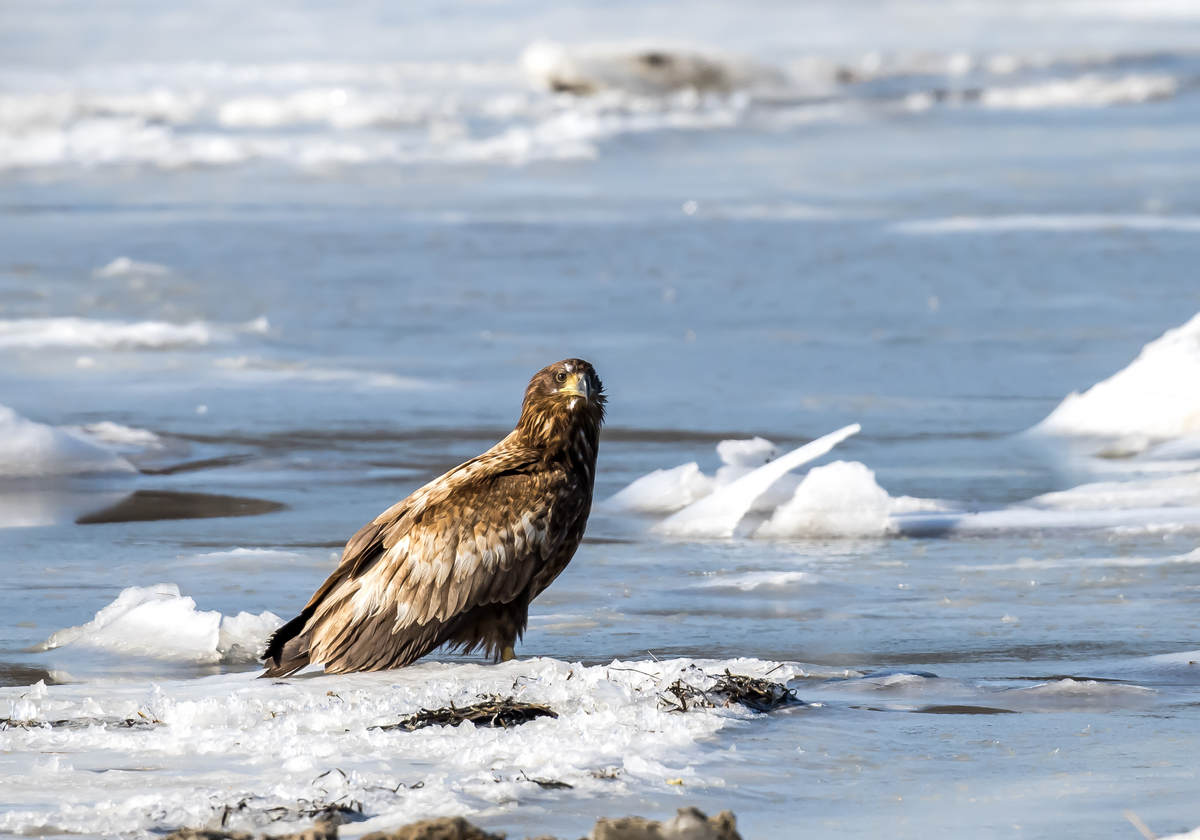
The White-tailed Eagles landed more publicity coops when the German Leibniz Institute for Zoo and Wildlife Research published research showing that the species does not compete with commercial fishermen (they are specialized particularly in catching carp bream, a fish species which is not used commercially), …
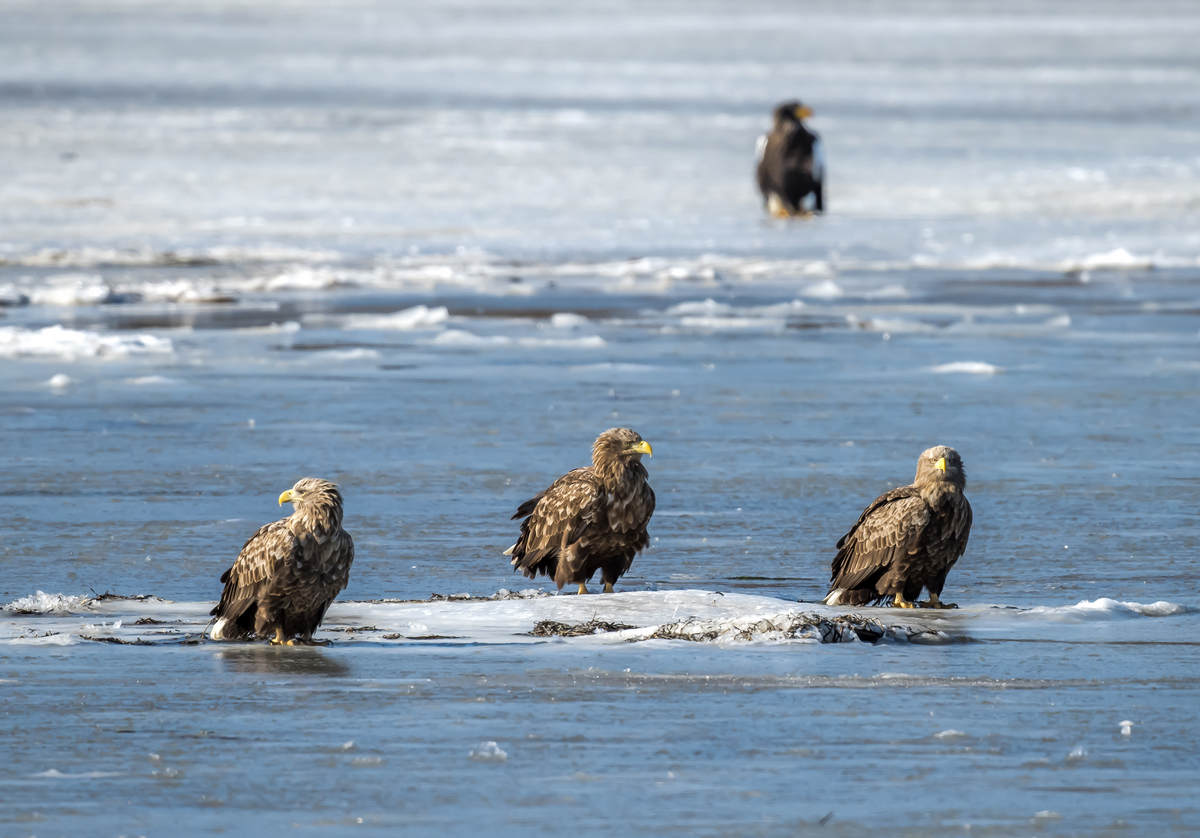
… when Forestry England found that the eagles do not attack livestock on the Isle of Wight …
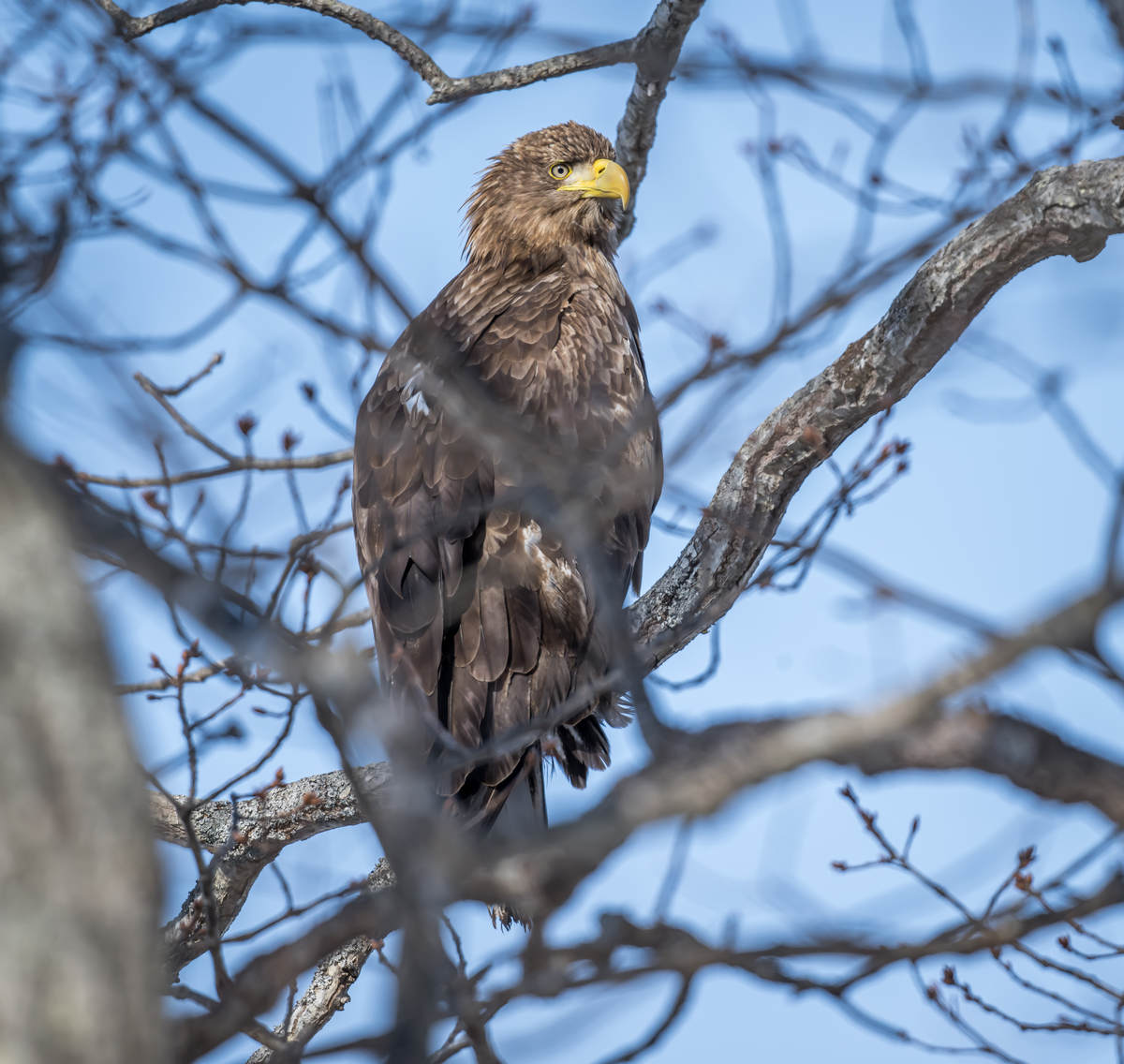
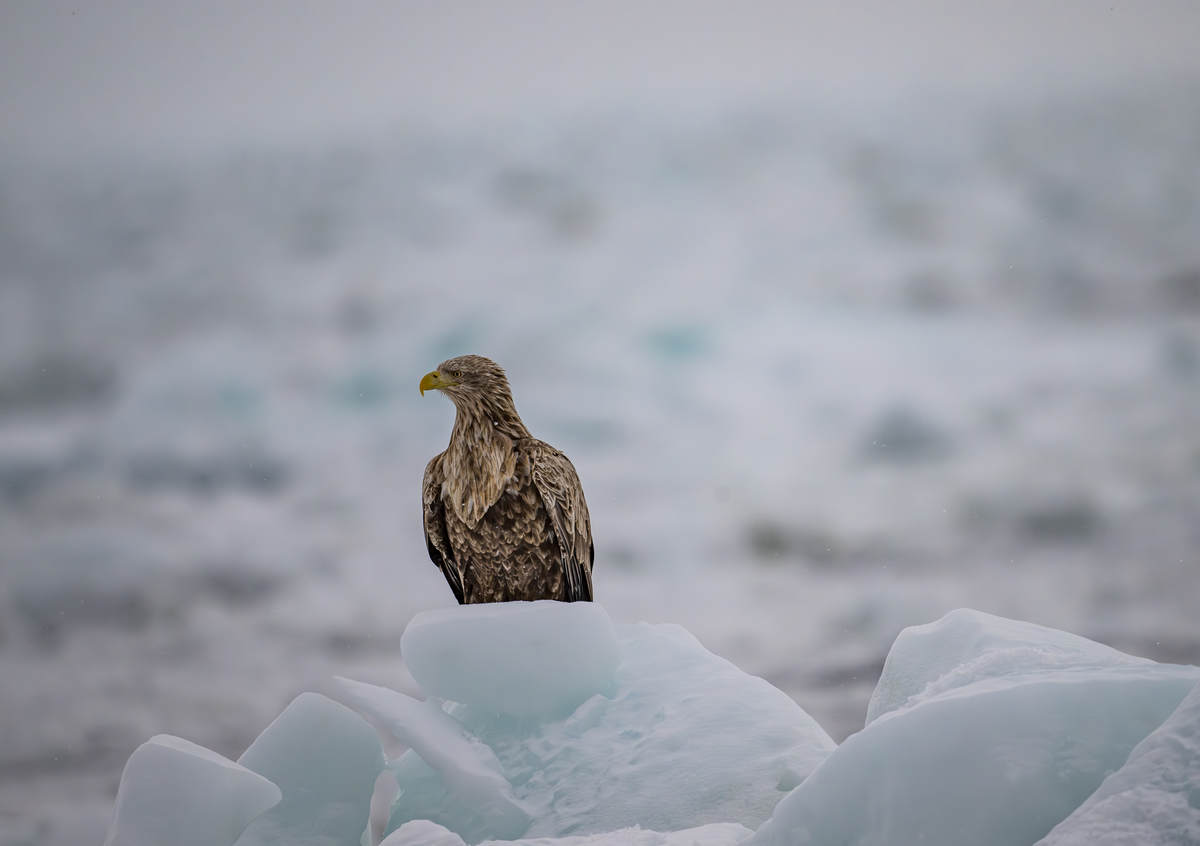
… and when the RSPB released a study showing that lambs are not a major food source for breeding White-tailed Eagles in Scotland. I wish I had as good a PR agent for my consulting business.
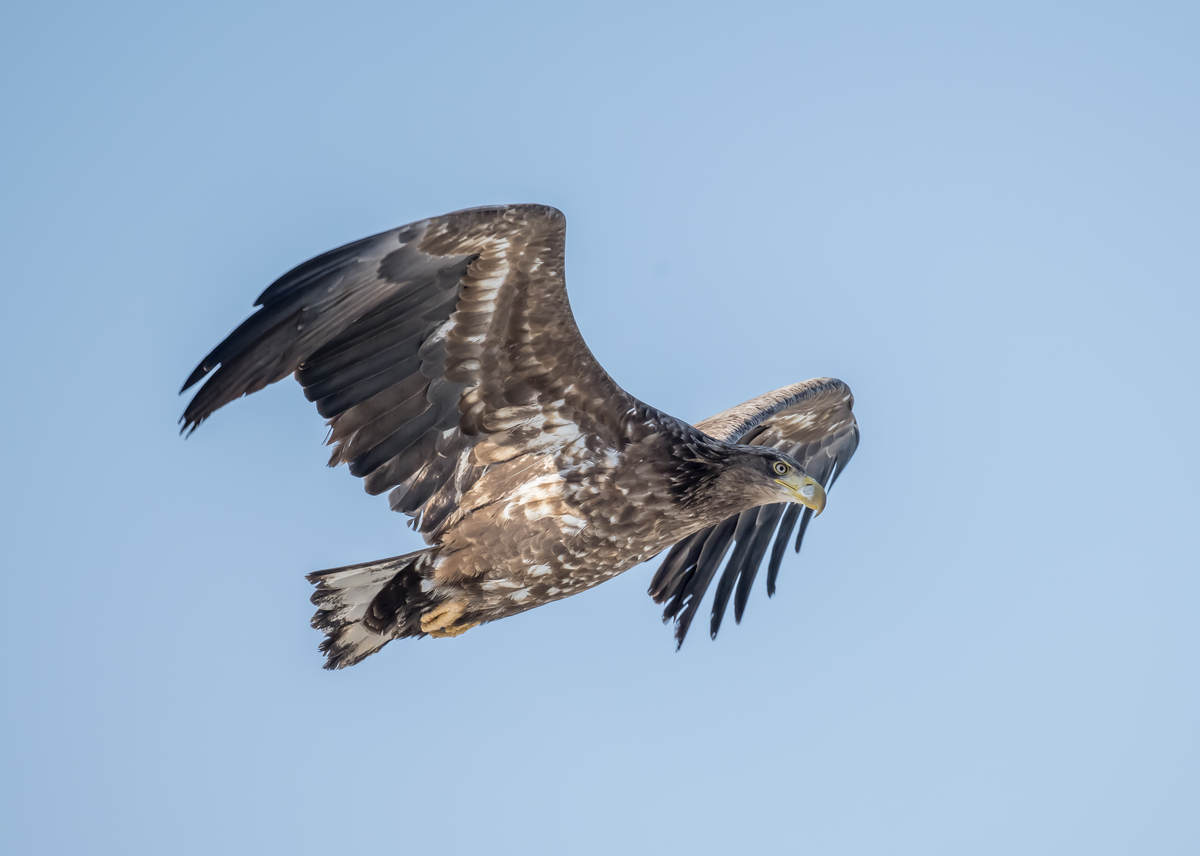
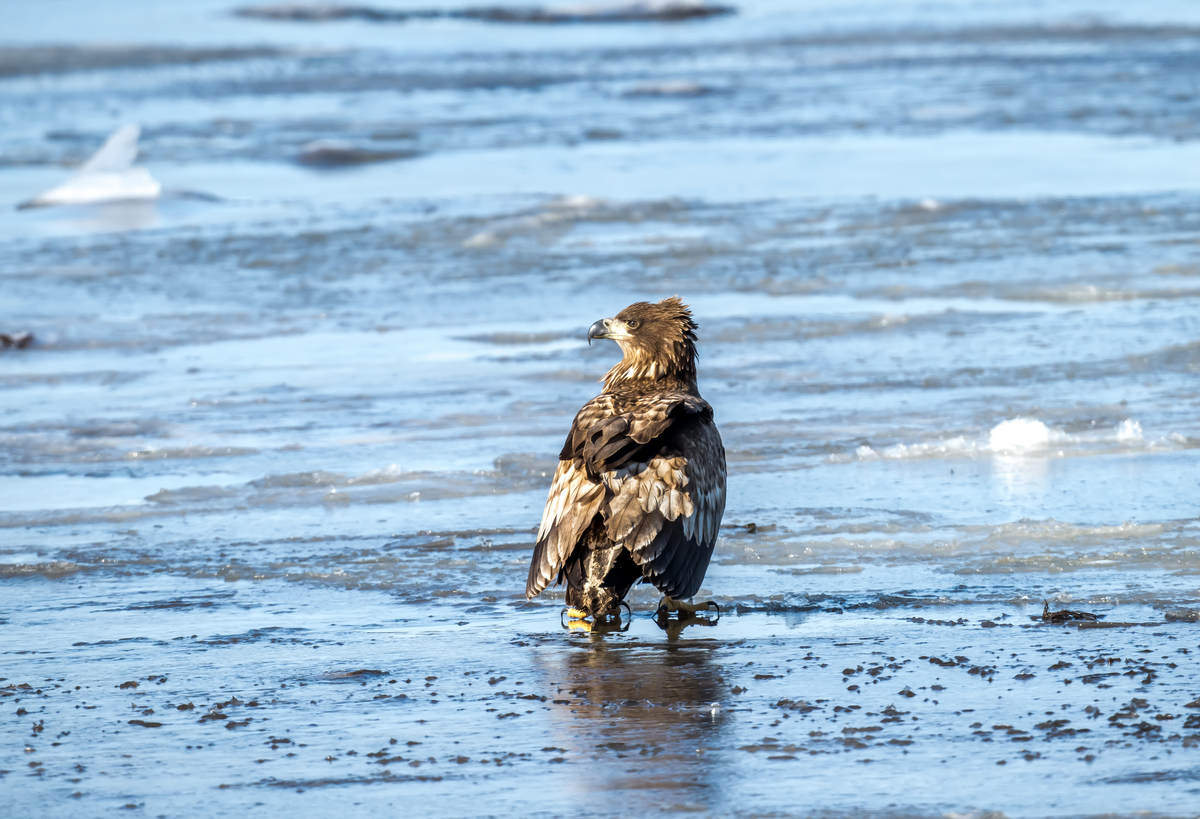
On the other hand, a new threat arises from windfarms – a study in Norway found reduced reproductive success of birds within 500 meters of windfarms, both because birds were killed by the turbines and because some territories were abandoned.
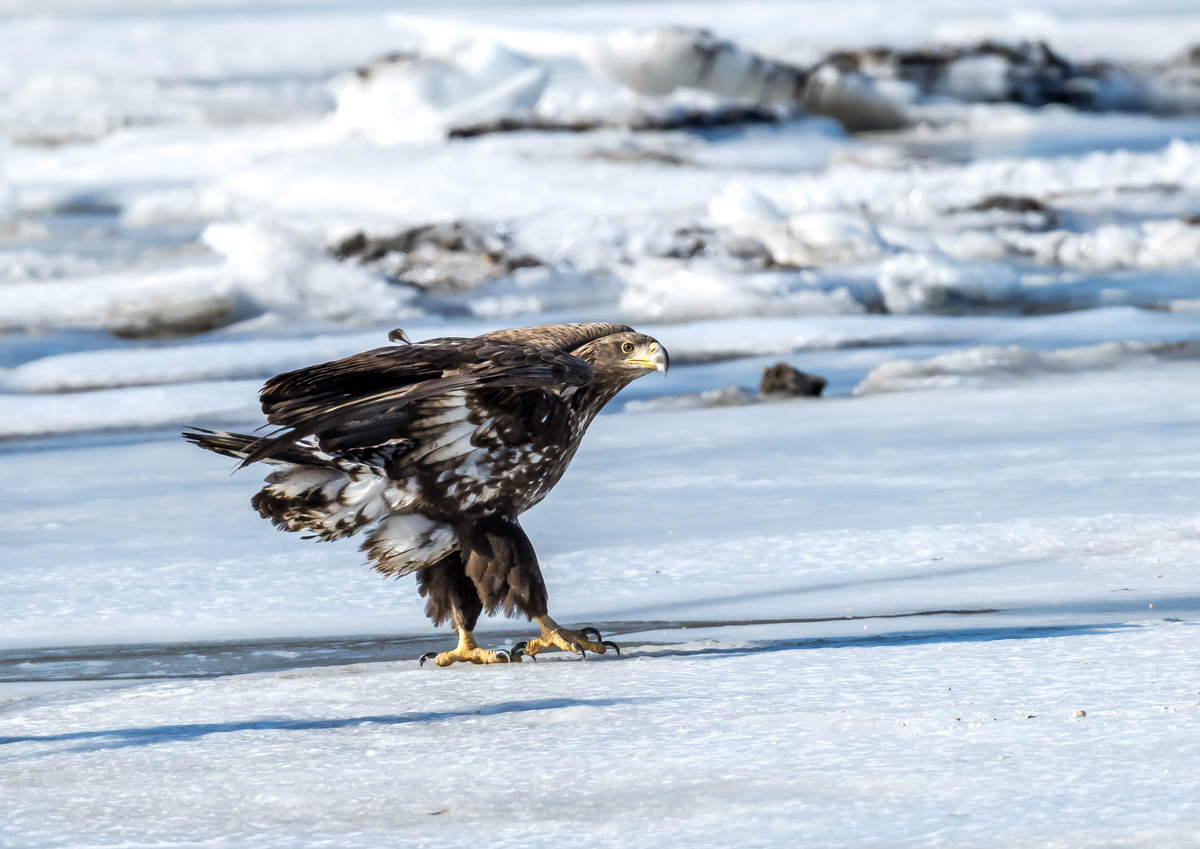
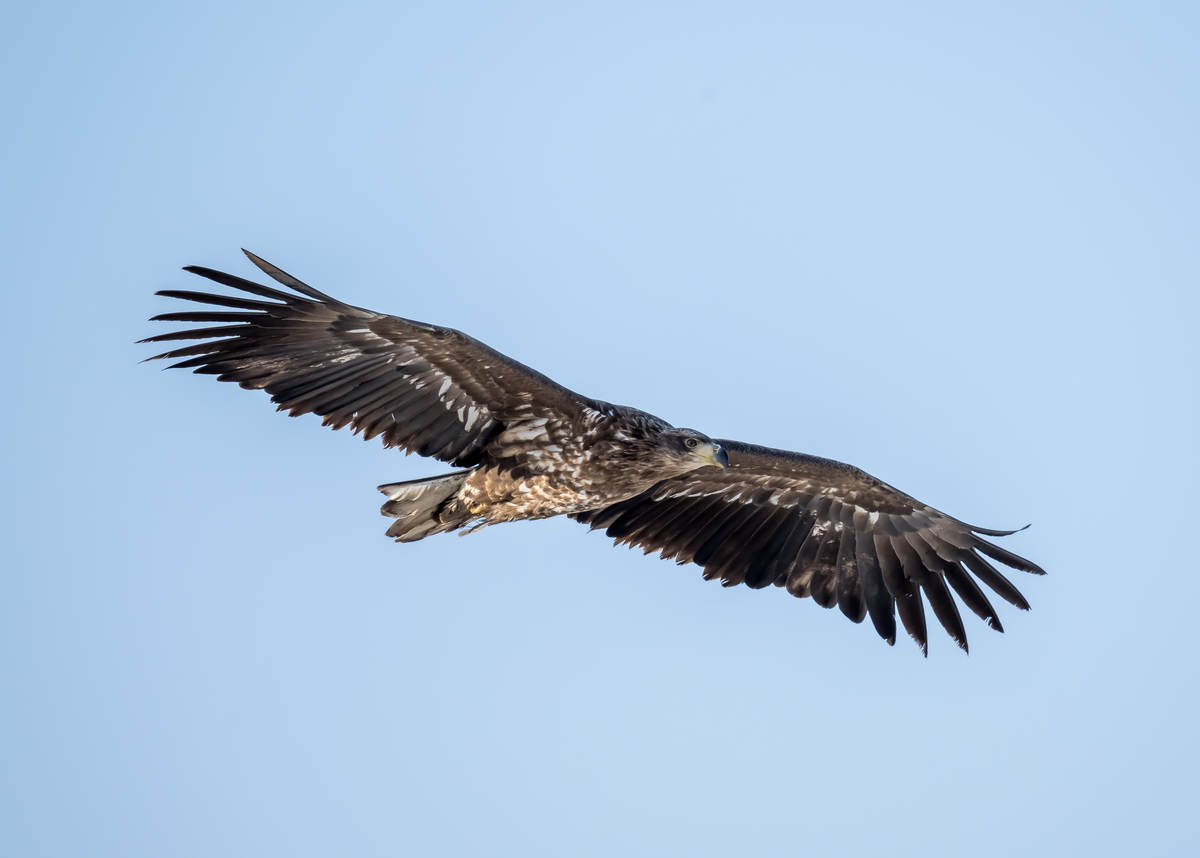
As the eagles spread out over Europe, they increasingly utilize suboptimal territories. There, they then switch to alternative prey, most of which are larger than their optimum prey size. Examples of such larger prey are White Storks and Common Cranes (source).
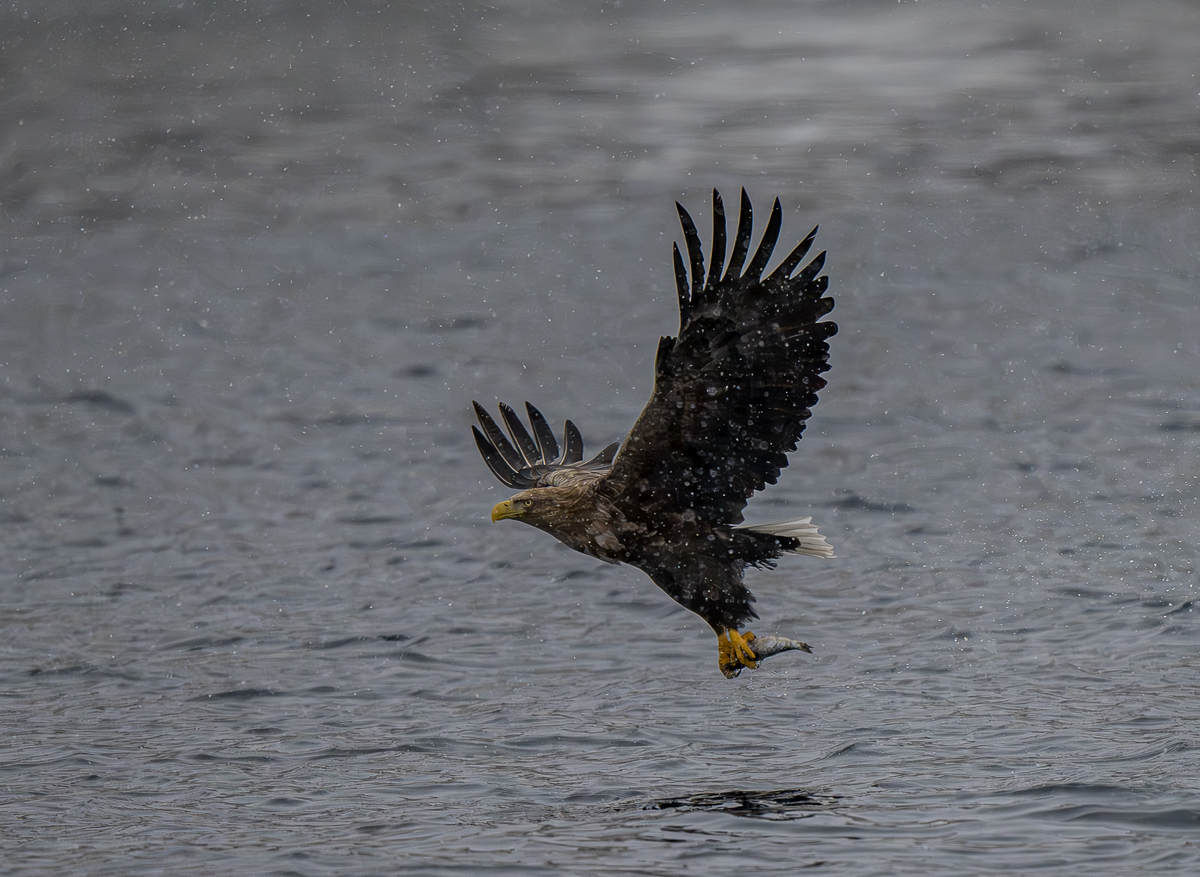
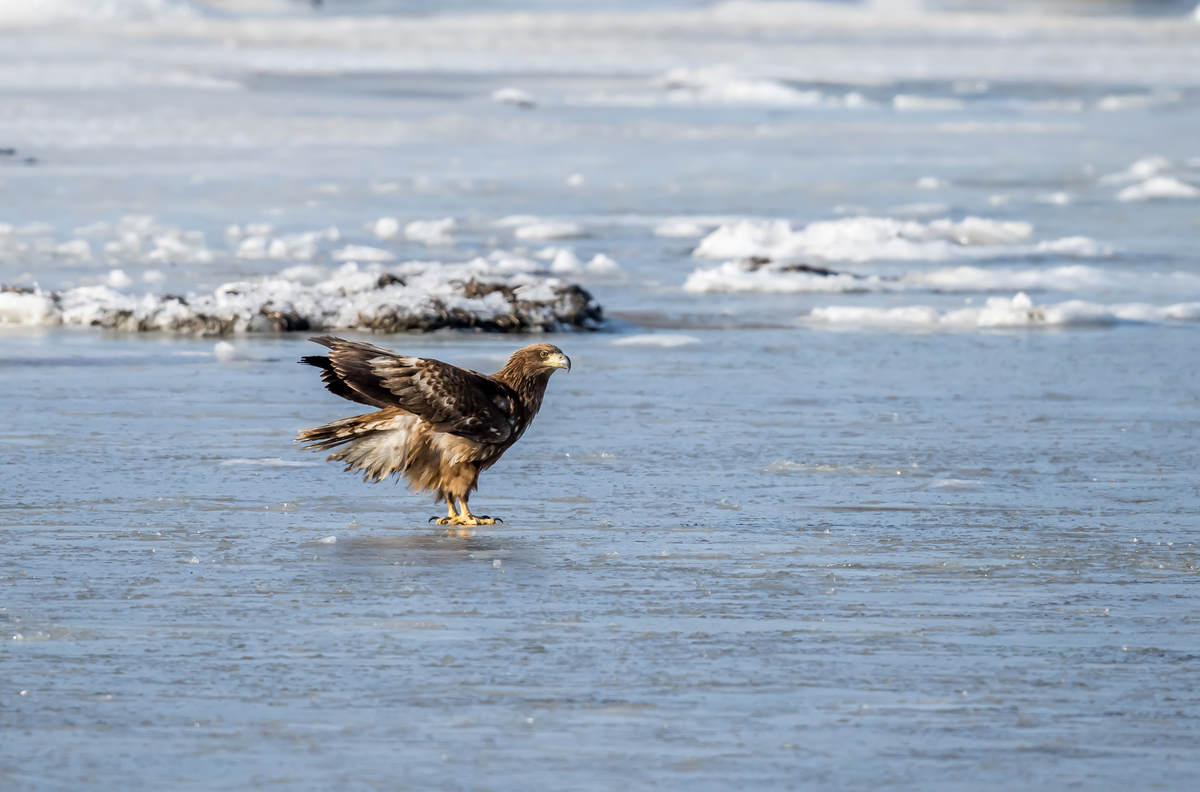
Somewhat counterintuitive, Rosneft also sponsors research on the White-tailed Eagle and states “Preservation of the environment for future generations is an integral part of the corporate culture and business operations of Rosneft”. This is despite the fact that the company – according to Greenpeace – holds the record for oil spills in Russia (source) and generally has a very bad environmental record (source). Maybe this should be called birdwashing …
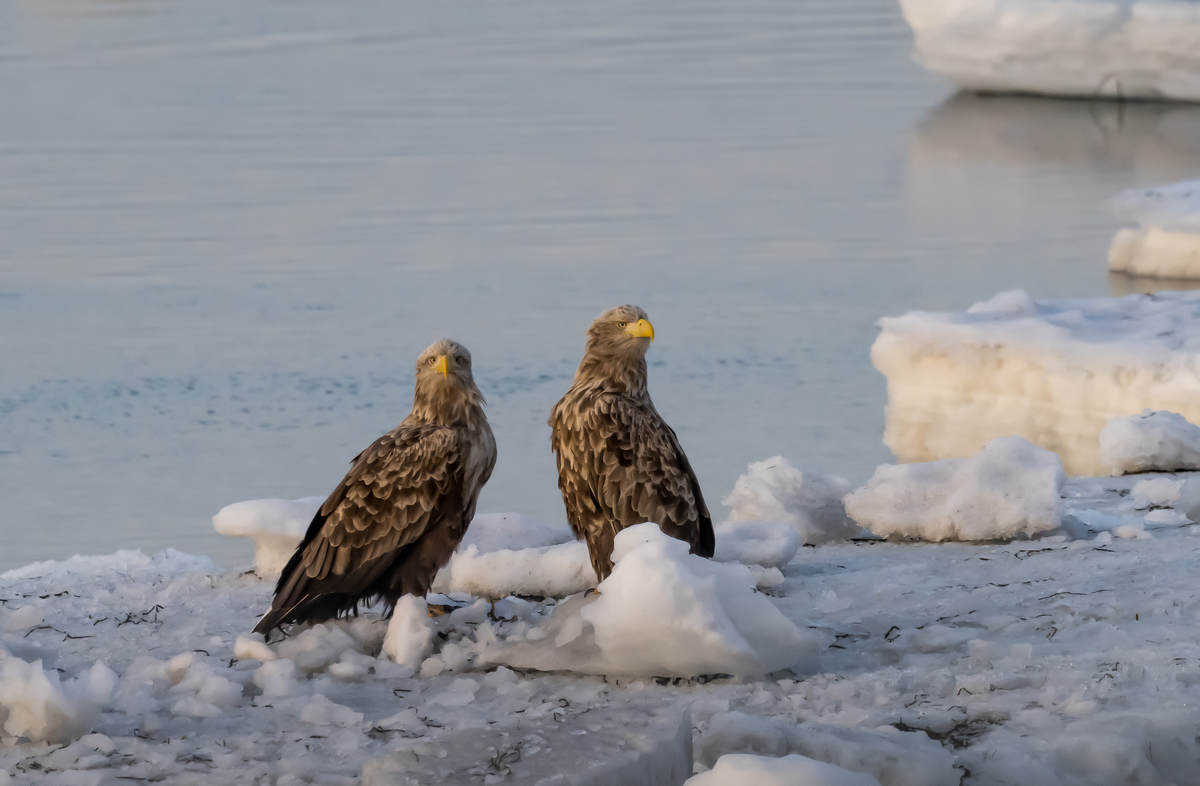
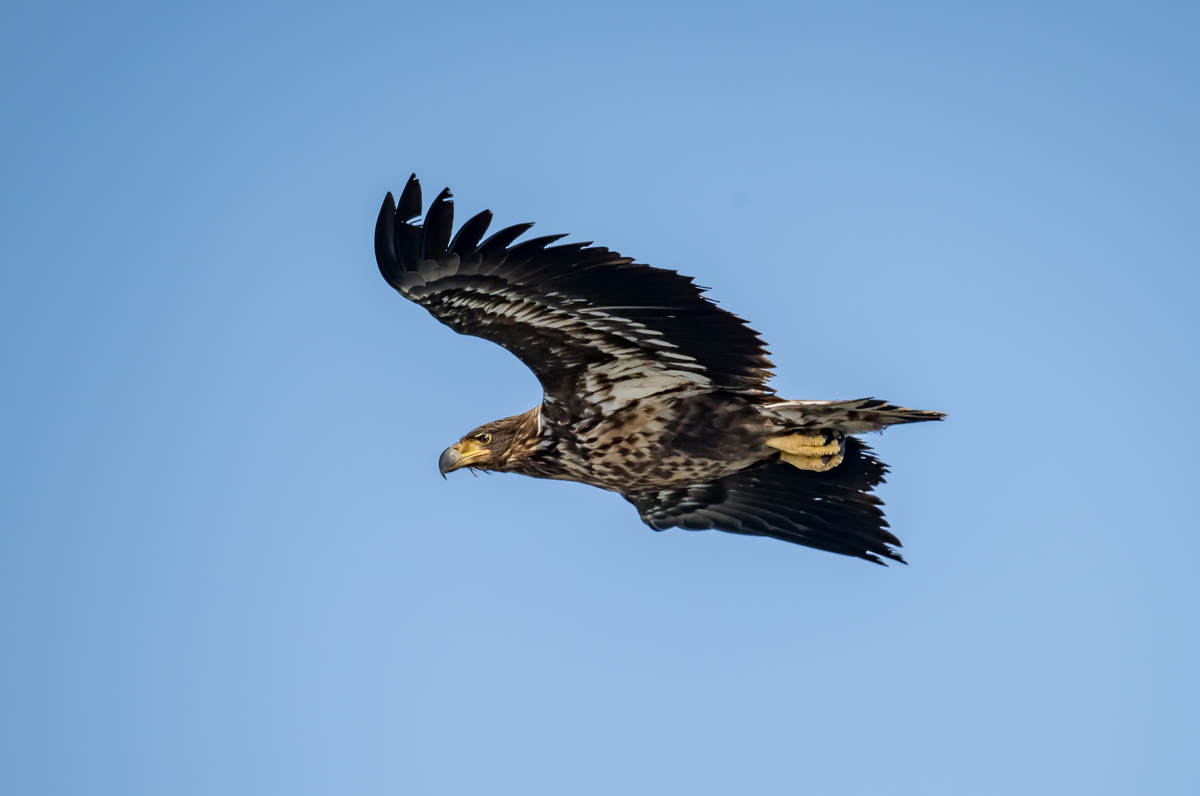
One interesting change in the bird’s behavior (observed in Iceland) is that they tended to build their nests in inaccessible spots to make sure that humans couldn’t reach them. but after receiving protection, they now often move down.
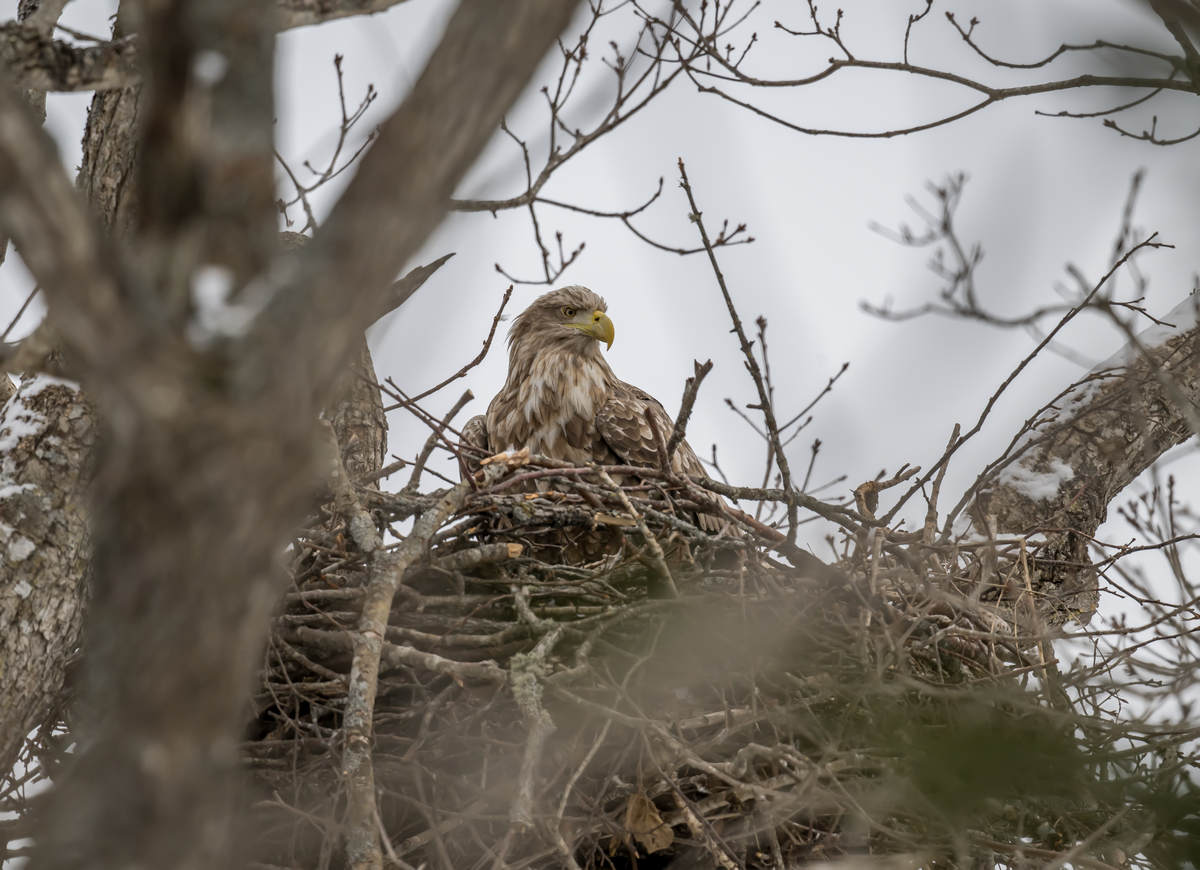
The white tail of this bird indicates that it is at least 8 years old (source).
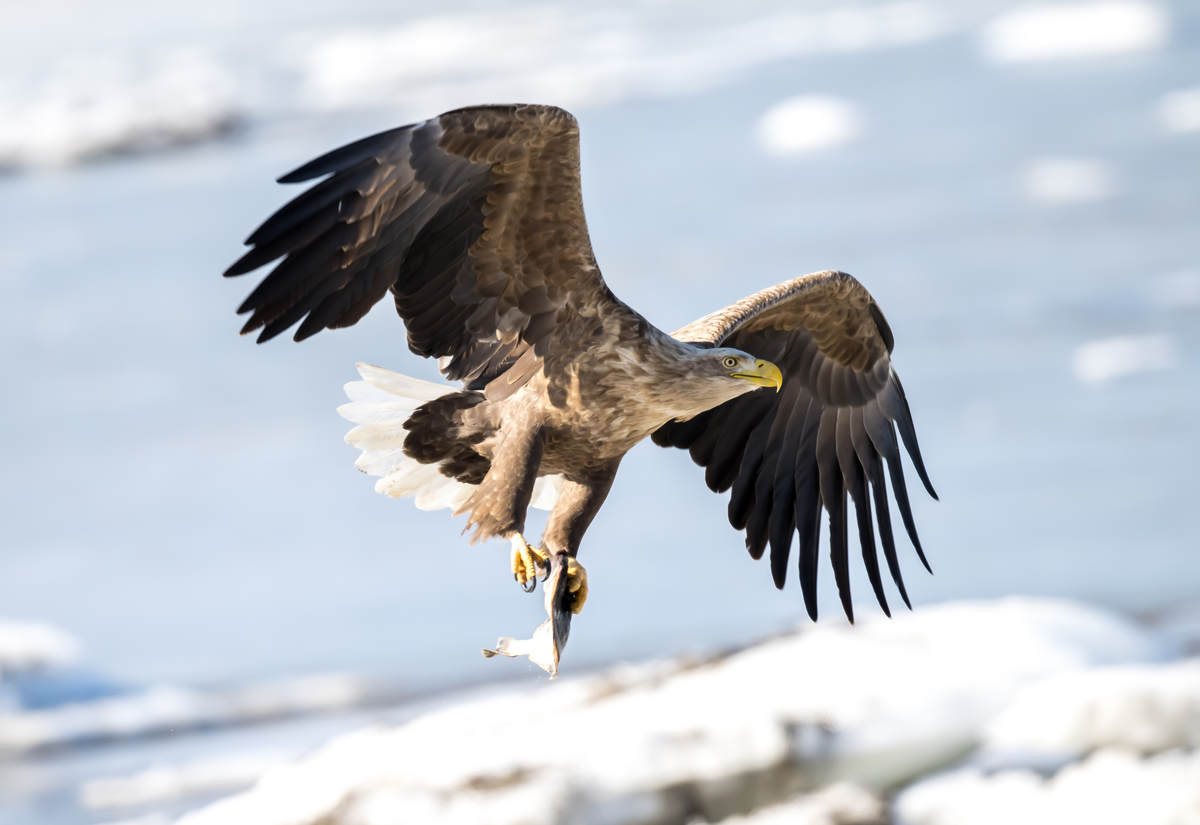
And finally, today’s research finding in the category “Proving the bloody obvious” is the following conclusion: “The conversion of natural habitats into built and agricultural areas is detrimental to young white-tailed eagles because it reduces habitat availability.”
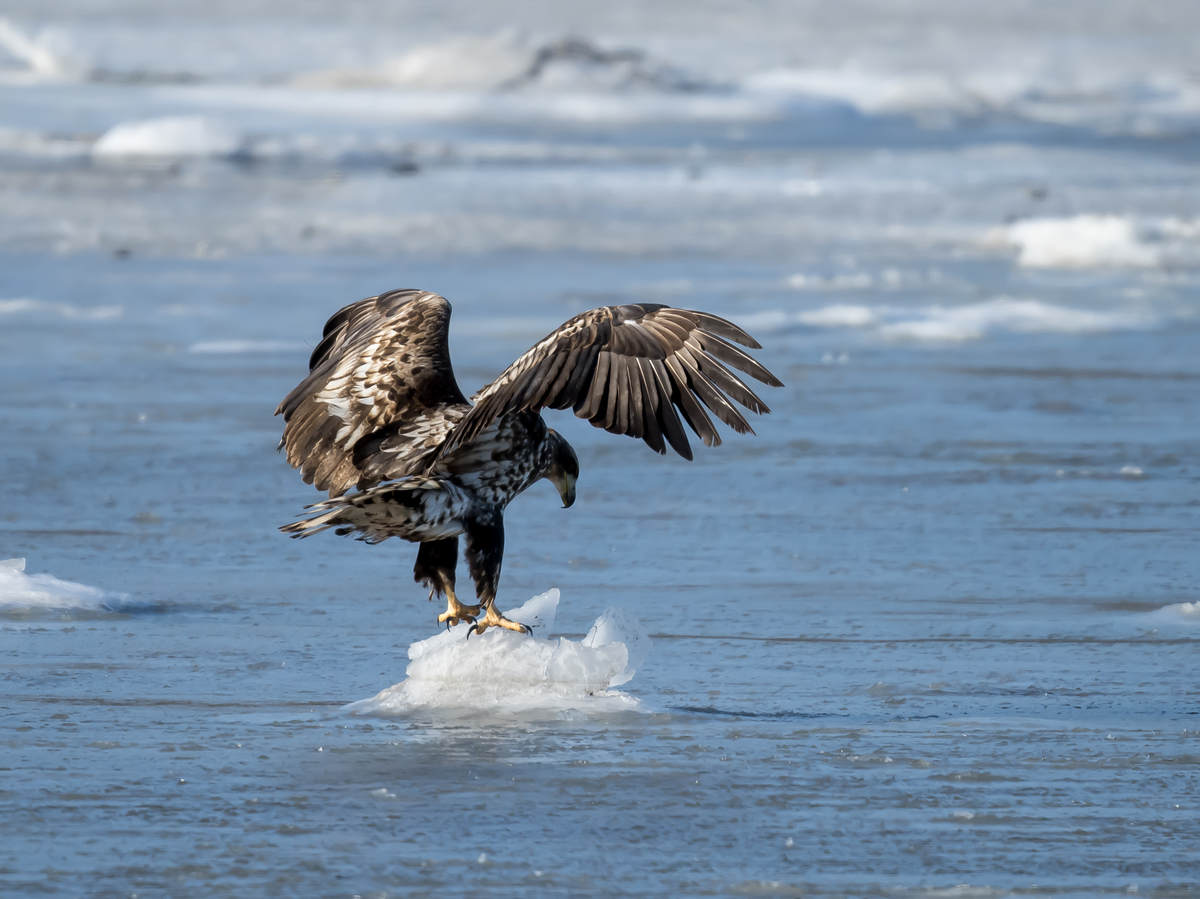













It is really good to see that police across Europe are enforcing the wildlife protection legislation. SPEA has been quite successful in Portugal too. On aother note. Too many gorgeous pictures of the White-tailed Eagle for your liking? There’s a post about them with no eagle pictures at all: https://www.10000birds.com/oostvaardersplassen.htm